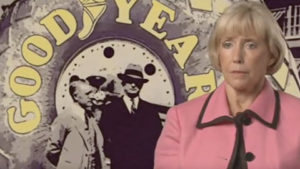Scholarly articles and book chapters complement the Annenberg Classroom video “The 19th Amendment: A Woman’s Right to Vote.”




From the voting booth to the office cubicle; the ball field to the battlefield, the road to women’s equality has been a long and difficult one. Extraordinary successes have been achieved by women themselves as they gathered petitions, staged rallies, protested unfair laws and lobbied for better ones, and fought for justice in the courts. But unfinished business remains, including pay and benefits inequity, the “glass ceiling,” disproportionate numbers in elected offices, and workplace discrimination.
18 resources available


